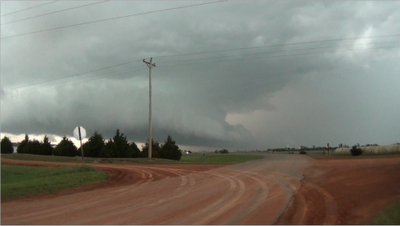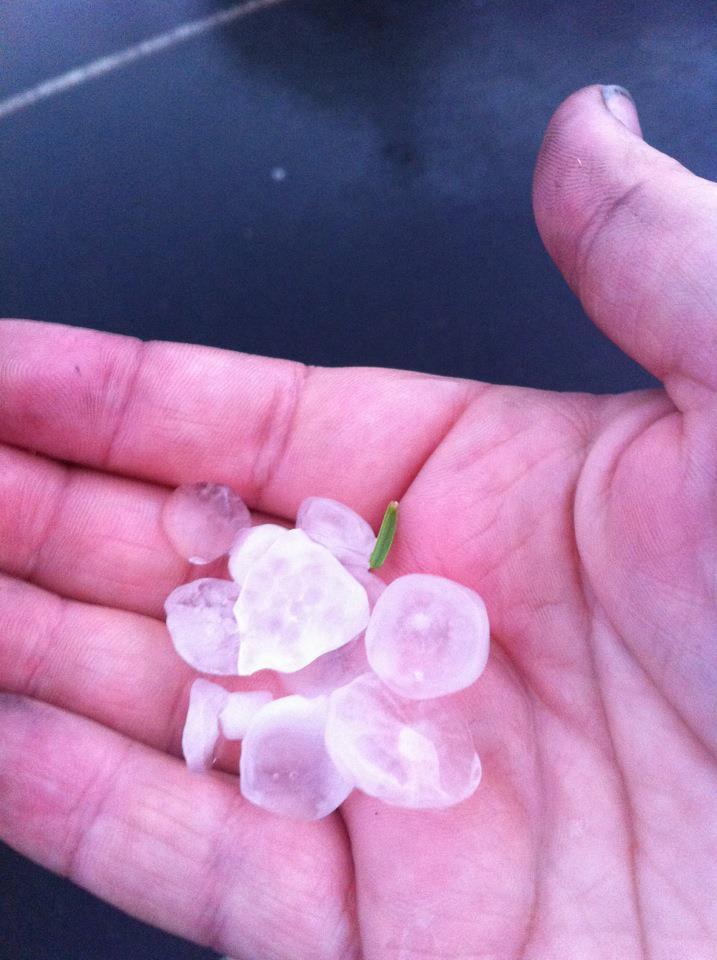Introduction
In this paper, what will be explored are the various issues related to weather and what people need to take into consideration in the form of preparedness and precaution to avoid being a victim of adverse weather conditions.
Spring
Aside from the sudden increase in the number of people reporting allergic reactions to all the pollen in the air, spring is a relatively benign season with no significant weather threats that could impact people. Do note, though, that some isolated spring showers do tend to occur, and this may result in an occasional lightning strike here and there.
Summer
Thunderstorms
Thunderstorms occur frequently, during summer as a direct result of the increased temperatures, which tend to “feed” low-pressure areas resulting in stronger storms. While thunderstorms are a relatively normal occurrence in various countries across the world, the fact remains that given enough strength and size they do have the potential to create flash floods and property damage due to the strength of the winds involved. It is in such instances that it is advised that residents living in low-lying areas seek shelter in areas with higher elevation given the potential for flooding to occur.
Heat Wave
One of the most common weather issues during summer is the occurrence of heatwaves, which tend to create significant issues about dehydration and strokes. Summer heatwaves are notorious for causing all manner of ill-effects on people ranging from an increased chance of dehydration when going outside, to creating a higher potential for strokes to occur among the elderly or for people with pre-existing conditions that leave them susceptible to the heat. Taking this into consideration, people who are susceptible to high heat are advised to remain indoors and keep cool to avoid any possible complications.
Fall
Hail
With lower temperatures during fall, the potential for hail storms increases significantly resulting in the potential for serious external physical injury. Unlike rain, strong winds, or heat waves, hail can cause significant blunt force trauma depending on the size of the hail in question. In various instances within the U.S., it was noted that hail could be, as small, as a pebble or a quarter or as large as a baseball. When it comes to baseball-sized high, the danger increases considerably given the velocity, that they travel before they hit the ground. It is a common occurrence to see significant damage to homes and cars during hail storms.
Winter
Snow Storms
From a collateral damage perspective, snowstorms are relatively harmless; however, from the perspective of potential harm to a person’s health, they can be incredibly destructive. While lacking in the strength of a thunderstorm snowstorms can be considered lethal if a person does not prepare for it. It is because cold can cause a variety of complications such as pneumonia, hypothermia, and a variety of other related issues if a person is exposed to the weather without proper protection. It is thus advisable to wear as many layers as possible and stay indoors.
Know About the Weather
To protect yourself from possible threats about the weather, one way of doing so is checking out websites which have a plethora of data on the current weather issues in various sectors of the country. By checking them out, you can create an action plan for potential evacuation or hunkering down and riding out the storm in the safety of your own home. The choice is yours to make, however, it should always be an informed choice rather than merely a guess.

Recognizing the Weather
Aside from knowing about the types of weather phenomena that occur during particular seasons, it is also important to recognize particular types of weather patterns as they occur. This can mean the difference between life and death gave the fact that approach a thunderstorm in a truck is far safer as compared to approaching a twister! As such, some helpful pictures have been provided to show the difference between the different types of weather phenomena you should look out for.


Preparedness Plans
Avoiding lightning during a storm

Lightning can, at times, occur without the indicators of a strong storm (i.e. strong wind and rain), it is an especially dangerous problem when caught unawares, and you find yourself in an open field with large thunderclouds overhead. Here are several indicators that a lightning strike is imminent:
- Your hair stands on end
- Your skin starts to tingle
- The air starts to smell of ozone
In such cases, it is important to follow the illustration shown above to avoid getting hit by lightning. What must be understood is that lightning will always attempt to follow the path of least resistance towards the ground. The taller you are more likely you are to be struck by lightning. It is based on this that, when you feel the start of a lightning strike, it is crucial to crouch down and get as low to the ground, as possible. It helps to reduce the chances that you will get hit and can help to disperse the electricity from the strike if you are hit.
Do note that the odds of getting hit by lightning are one in a million as, such, even if you do feel the start of a lightning strike, it is unlikely that you will be hit, but it is better to take precautions nonetheless. If you are struck by lightning, there is a good chance that you will be able to walk away from it since not all lightning strikes are fatal (unless you have a pre-existing heart condition).
Should such an event come to pass, walk as carefully as you can to the nearest phone or home and contact emergency services so that an ambulance can be sent to immediately administer first-aid. The potential for your body to go into shock or experience some form of complication is very high, and as such, it is vital for it is examined immediately.
Preparing for a Strong Storm
In certain areas within, strong storms often occur that have high wind velocities and extremely strong rain. Thus, to prepare for such an occurrence, it is essential to evaluate your current location to determine its capacity to survive a strong storm. First and foremost, what must be understood is that different locations tend to react in unique ways to the weather. For example, during Hurricane Katrina, the low-lying section of New Orleans was engulfed in floodwaters while the areas that were located in higher locations were relatively untouched.
Taking this into consideration, and knowing that a strong storm is approaching, you need to determine if your area will either be flooded. If there is a high chance of flooding, then it would be best to move to a government shelter in a high area and wait for the storm out. If your home is located in a high enough area that it is not at risk of flooding, it is advised that you board up all your windows to prevent objects that are hurled around by the wind from crashing into the glass.
Also, given the nature of storms and how they can impact utilities and various services, it would be necessary to stock up on the types of food that do not need gas or heating to be cooked. Canned food such as beans and lots of water in jugs would be needed as emergency provisions if the storm would last longer than a few days and is of sufficient strength to cause significant issues.
Avoiding Hail
One of the most common ways to get injured during a storm in autumn is being hit by hail. As can be seen in the example below, hail is large pieces of ice that have solidified in the air and rain down on the ground.

Hail from storms tends to start small yet gets bigger over time, and as such, it is advised that as soon as you see tiny hail pellets, you should seek shelter in a strong building immediately.